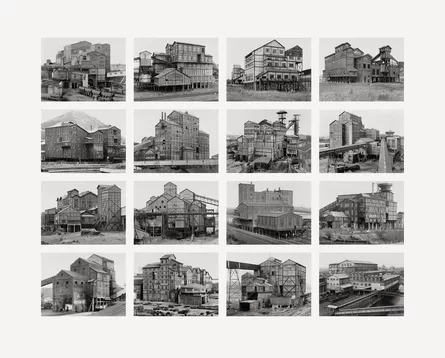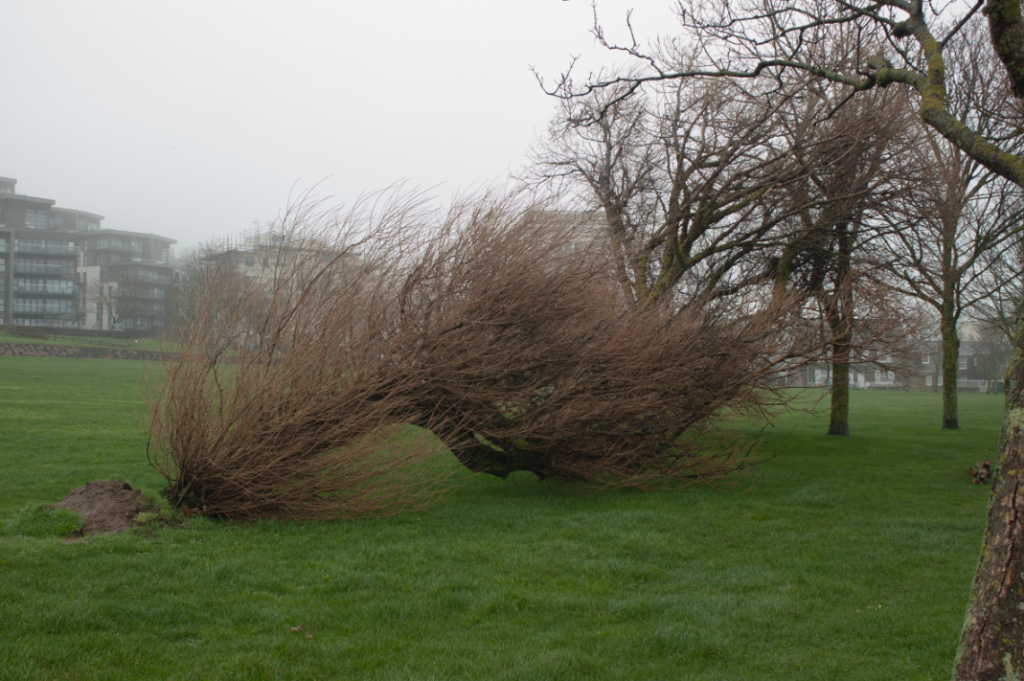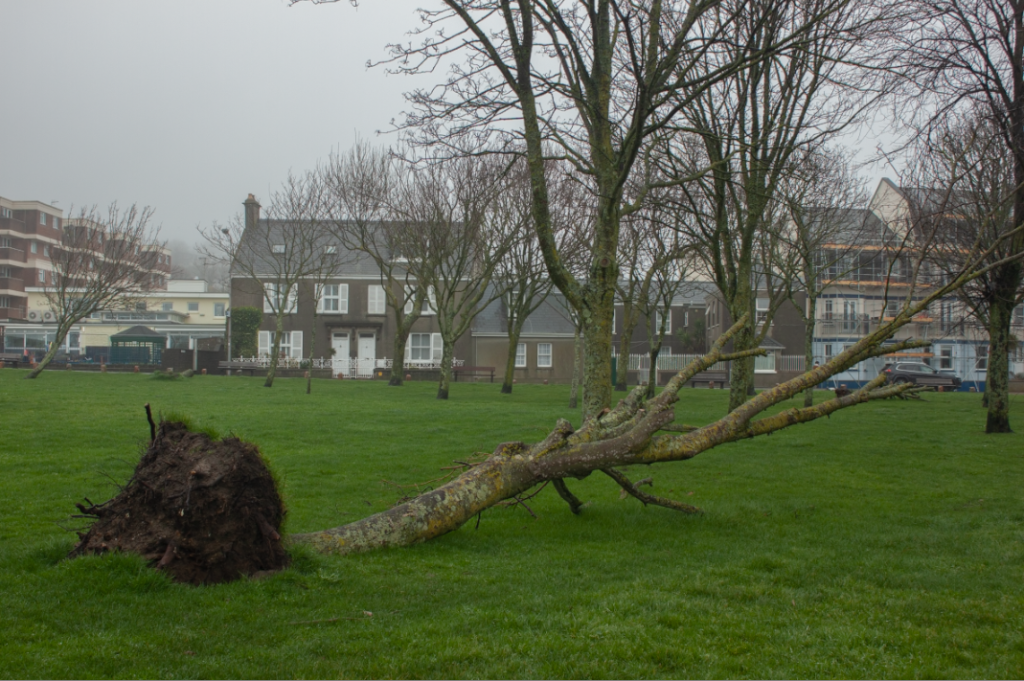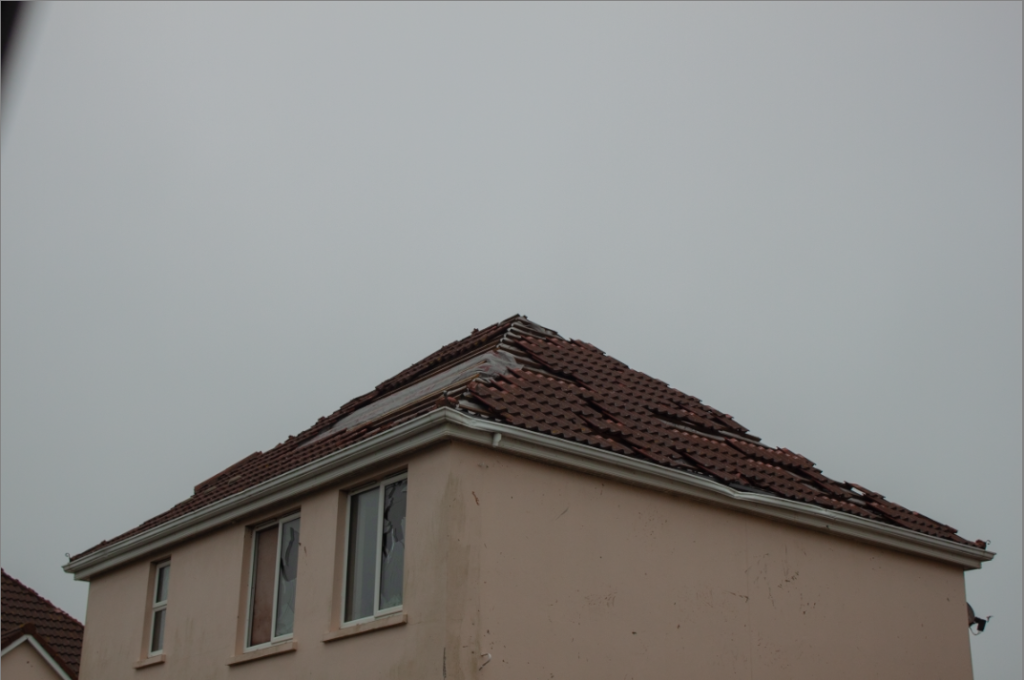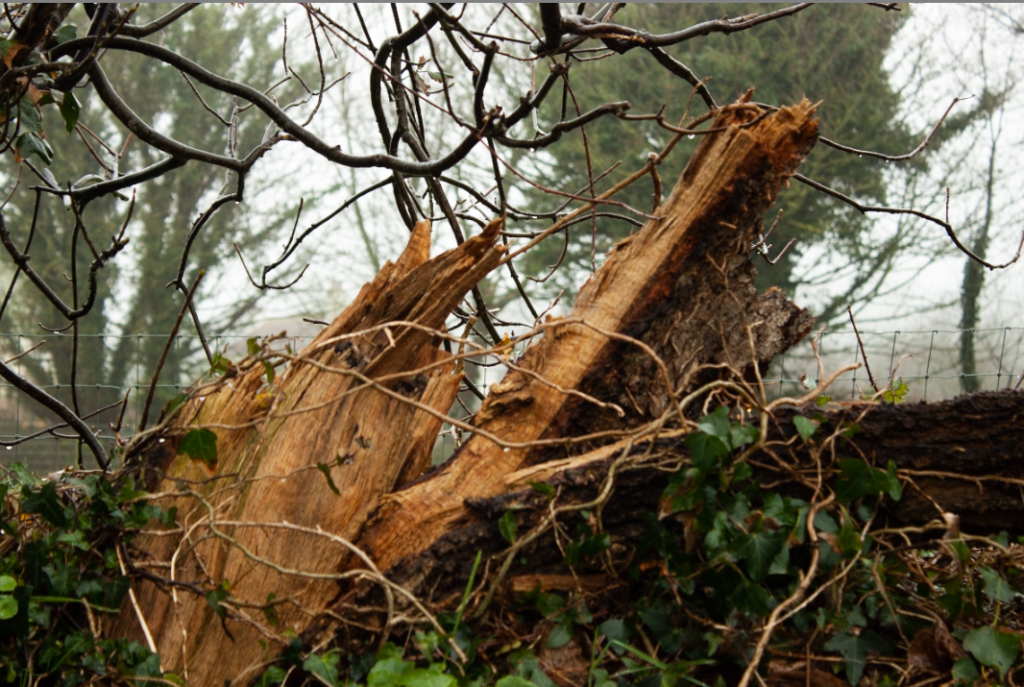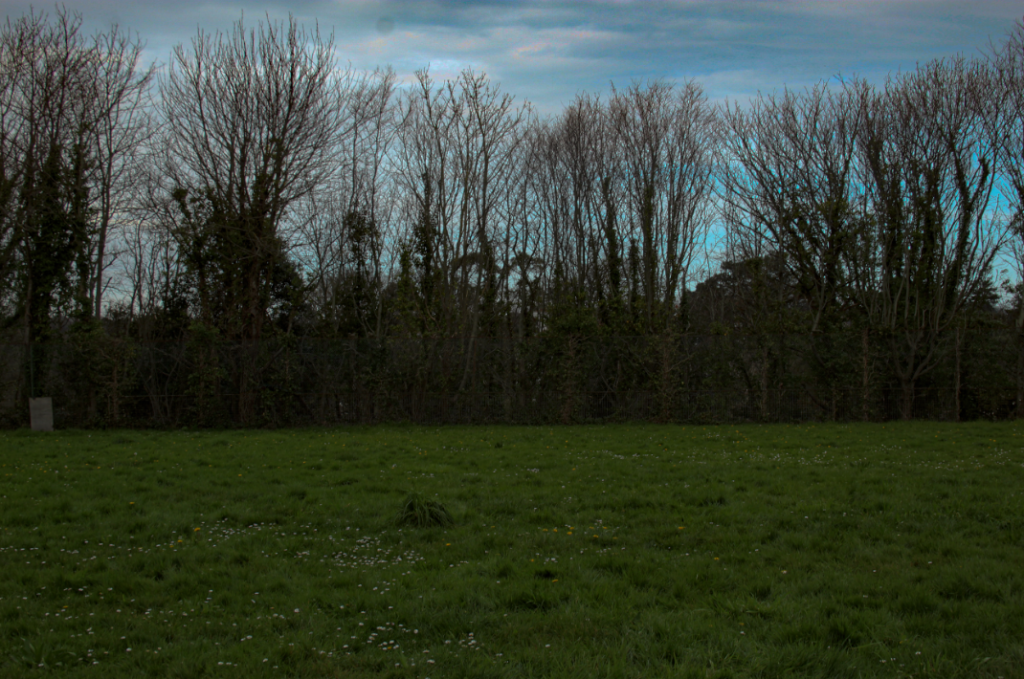Robert adams was a photographer who documented the damage to the American West, including the extent of it and its limitations. He created over fifty books of pictures, which included both despair of the environment and also hope. his goal as he said “is to face facts but find a basis for hope.” Adams grew up in New Jersey, Wisconsin and Colorado, and enjoyed the outdoor environment with his Father in each of them. When he was twenty-five he was a collage English teacher, and that is when in his summers off he picked up photography, After spending time with his wife in Scandinavia he realized that there were complexities in American geography.
His work
Within the 1970’s and 80’s he produced a series of books which included- The New West,Denver,What We Brought,Summer Nights- which focused on expanding suburbs along Colorado, books that portrayed the need to development but also the surviving light of the natural world. He also examined humanity’s footprint and nature’s resilience in the wider western landscape. Adams has occasionally published smaller, sometimes more personal volumes. These have included a prayer book set in the forest (Prayers in an American Church). He has sometimes directly engaged civic and political issues as well. A series of photographs at the Ludlow memorial, for example, speaks for organized labor, and another at a protest against the second Iraq war records the suffering that accompanies empire.
Image analysis
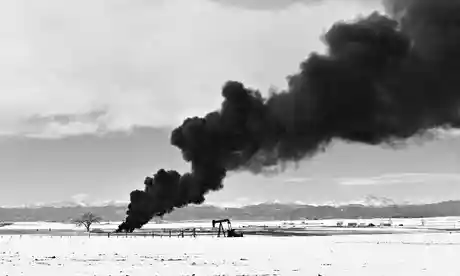
Adams has used natural daylight when taking this image, which manipulates the intensity of the sunlight reflecting against the ground. It also looks as if the image is a bit over-exposed, in order to manipulate the burning oil smoke to be as dark as possible compared to its surroundings to show its intensity, and how much damage it is creating. This photo is sharp and in focus, and has a sharp tonal range, using different shades of grey and linking them to emotions. He has laid out the image within a way that the damage to the environment is right in our face while still capturing the environment trying to fight back against this man made damage, he has done this by creating a depth of field where the destruction is right in our faces, but the beauty is surrounding it, we see this when the bug black burning oil smoke is right in our faces, making it very hard to miss, but there is a small tree standing very still to the left of the destruction. His image also relates to a political context, where people were fighting for the burning of oil to be calmed down or stopped all together, this relates to the 1973 oil crisis.


